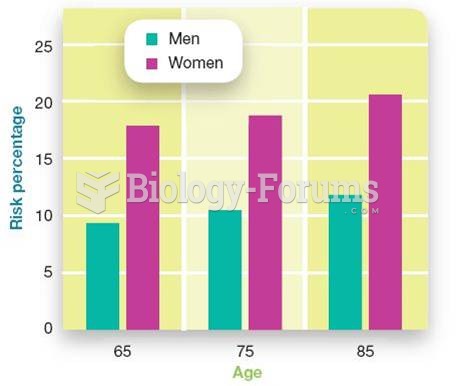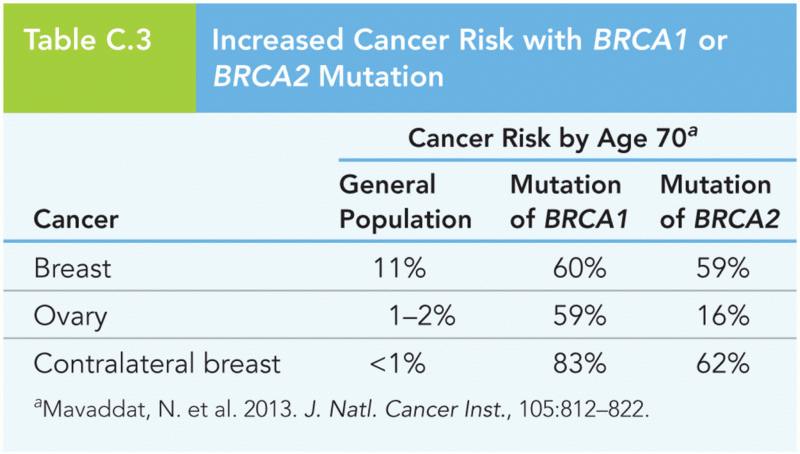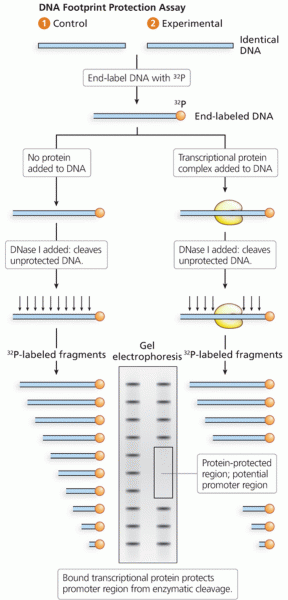|
|
|
The highest suicide rate in the United States is among people ages 65 years and older. Almost 15% of people in this age group commit suicide every year.
The Romans did not use numerals to indicate fractions but instead used words to indicate parts of a whole.
Human stomach acid is strong enough to dissolve small pieces of metal such as razor blades or staples.
It is difficult to obtain enough calcium without consuming milk or other dairy foods.
A serious new warning has been established for pregnant women against taking ACE inhibitors during pregnancy. In the study, the risk of major birth defects in children whose mothers took ACE inhibitors during the first trimester was nearly three times higher than in children whose mothers didn't take ACE inhibitors. Physicians can prescribe alternative medications for pregnant women who have symptoms of high blood pressure.







